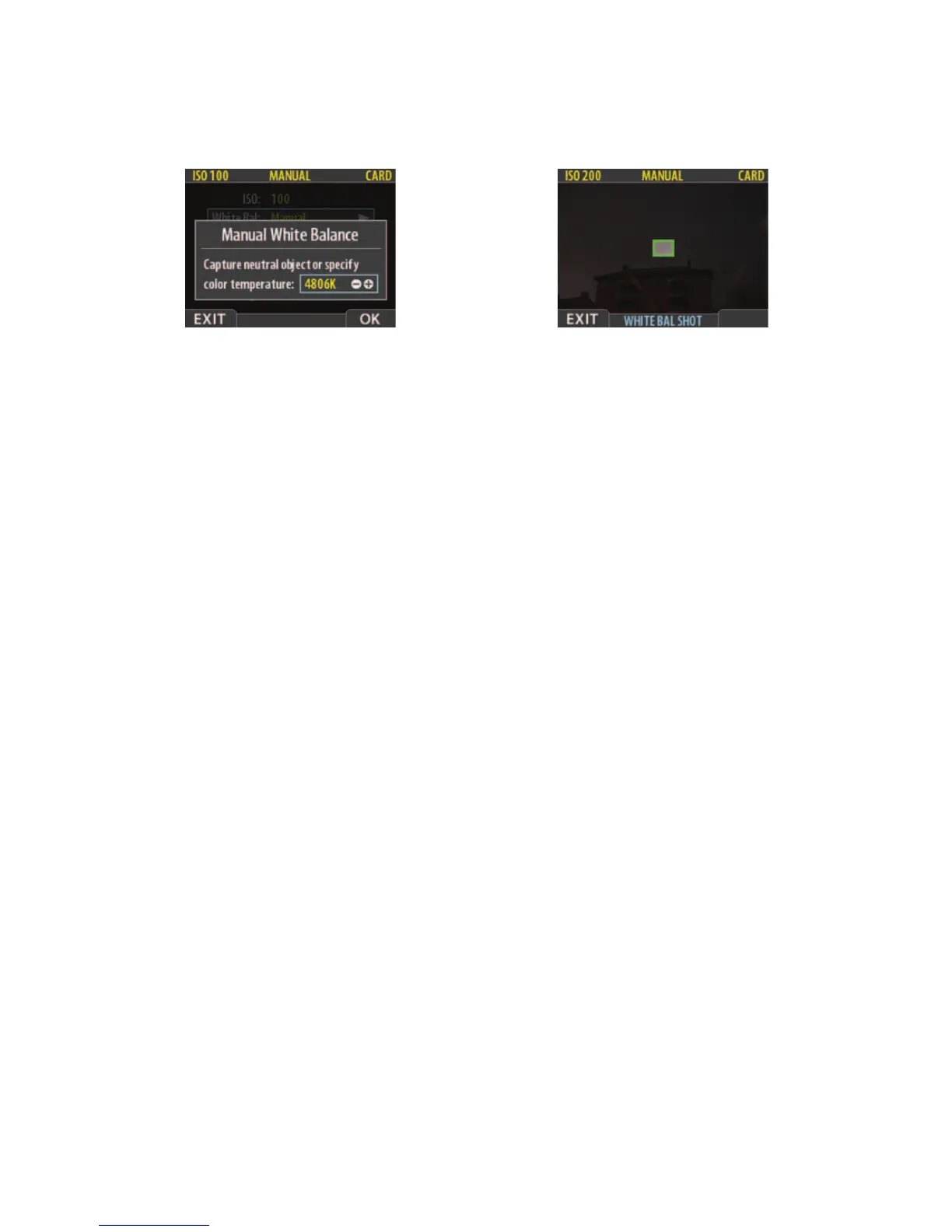98 THE HASSELBLAD MANUAL
area of the subject fi lling the center area (the focusing area) on the screen. Rather than pho-
tographing a neutral area of the subject you may want to photograph a regular, gray card
Greytagmacbeth card, a white balance reference card made by various companies, or the
Qpcard supplied with the camera (Figure 5-12).
All these cards provide a fast way to obtain accurate color in digital photography. Any
white balance adjustments you make to the raw image do not change the original raw fi le.
They are just stored as instructions to tell the computer how you wish the fi nal raw conver-
sion to look.
Film photographers will remember that basically the same approach was recommended
when working with negative color fi lms in professional fi elds such as wedding photography.
Photographers were advised to include a gray card in one of the images from a specifi c shoot-
ing session so the fi lm developing lab would know what the colors on the prints should look
like. Without such a reference, and especially for images without fl esh tones, the lab really
does not know what the actual subject colors were.
In digital Imaging you place this test object in front of the subject so it fi lls the center
area of the focusing screen and make an exposure. If the exposure for the target area is cor-
rect, the preview screen shows a green frame around the focusing area. If the exposure is
incorrect, the frame will be red and contain the words Underexposure or Overexposure.
If so, change the lens settings and make new test exposures until the frame appears green. All
pictures taken in the same light will then be neutralized. If the light changes or you change
the lighting in a studio set-up, you must make a new test. Then view the image with the test
target in the computer and, if necessary, make any desired adjustments. A new test is also rec-
ommended when you go to a new batch. When using the Neutral Object option, the camera
does not need to be set to a specifi c white balance setting.
EVALUATING THE TONAL RANGE AND EXPOSURE
The methods for determining the lens settings that provide correct exposure in digital imag-
ing are the same as in fi lm photography and as described in detail in Chapter 15. A main
Figure 5-11 Manual White Balance control.
With the Manual White Balance control
you can either set the color temperature of
the light source with the or buttons
or make a test exposure in the Capture
Neutral Object setting.
Figure 5-12 White balance test. Screen image
that appears after test exposure shows
the area chosen for the white balance
calculation.

